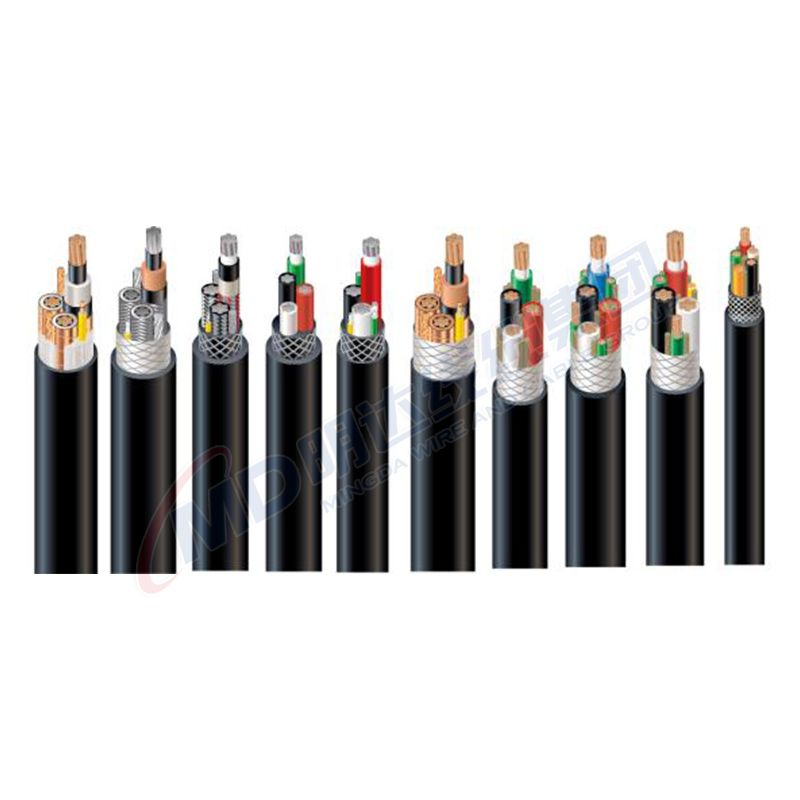Dec . 04, 2024 06:54 Back to list
Flanged Butterfly Valve Design for Enhanced Flow Control and Efficiency
Understanding Butterfly Valve Flange Ends
Butterfly valves are a crucial component in various industries due to their simple design, reliability, and cost-effectiveness. One of the most significant features of butterfly valves is their flange end connection, which plays an essential role in ensuring efficient sealing, ease of installation, and dismantling during maintenance or replacement. This article dives into the intricacies of butterfly valves with flange ends, discussing their construction, advantages, and applications.
What is a Butterfly Valve?
A butterfly valve is a type of flow control device that consists of a rotating disk, or butterfly, mounted on a shaft. This disk rotates 90 degrees to either fully open or close the valve, allowing for efficient regulation of fluid flow. The design is significantly lighter and takes up less space compared to other valve types, making it an attractive option for various applications.
Flange End Connection
The flange end is a crucial feature of the butterfly valve. A flange is a flat piece of metal or plastic that is attached to the valve body. It is typically designed with drilled holes around its circumference, allowing it to be bolted to corresponding flanges on pipes or other equipment. This connection method enhances the structural integrity of the valve and simplifies the installation process.
Flanged butterfly valves are available in various standards, including ANSI, API, and DIN, ensuring compatibility with other piping components. Common materials for flanged connections include cast iron, stainless steel, and PVC, among others. The choice of material often depends on the application, environmental conditions, and the fluid being controlled.
Advantages of Flange Ends in Butterfly Valves
1. Ease of Installation Flanged butterfly valves can be easily aligned with the pipe flanges, making the installation process straightforward. The bolt connections allow for a secure attachment that can be quickly and efficiently executed.
2. Robust Sealing The tight fit of flange connections ensures a robust seal, minimizing the risk of leaks. This is especially important in applications involving pressurized fluids or gases, where leaks can pose safety hazards.
3. Maintenance and Replacement Flange connections facilitate easy disassembly, allowing for quick maintenance or replacement when necessary. This reduces downtime and helps maintain system efficiency.
butterfly valve flange end

4. Versatility Flanged butterfly valves can be used in a variety of applications, including water treatment plants, HVAC systems, food and beverage processing, and chemical manufacturing. Their compatibility with different pipe sizes and materials enhances their versatility.
5. Cost-Effectiveness The relatively simple design of butterfly valves, combined with their ease of manufacturing, makes them more cost-effective than other valve types. The use of flange connections does not significantly increase the overall cost, making them an attractive option for many projects.
Applications of Flanged Butterfly Valves
Flanged butterfly valves are widely used in numerous industries, including
- Water and Wastewater Treatment They play a vital role in controlling flow rates, preventing backflow, and regulating the distribution of water.
- Chemical Processing Flanged butterfly valves are essential in managing the flow of corrosive and viscous fluids, ensuring safety and efficiency in chemical manufacturing processes.
- HVAC Systems These valves are commonly used in heating, ventilation, and air conditioning systems to control airflow and regulate temperature.
- Food and Beverage Industry Flanged butterfly valves made of sanitary-grade materials are crucial for maintaining hygiene and preventing contamination in food processing plants.
- Power Generation They are utilized in steam and cooling systems within power plants, where reliable flow control is critical.
Conclusion
Butterfly valves with flange ends are an indispensable part of modern industrial systems. Their design provides a balance between performance, reliability, and cost-effectiveness, making them suitable for diverse applications across various sectors. Understanding the advantages and applications of these valves can help engineers and operators make informed decisions when selecting the right valve for their specific needs. As industries continue to evolve, the importance of efficient, robust, and easily maintained flow control solutions like flanged butterfly valves will undoubtedly grow.
Share